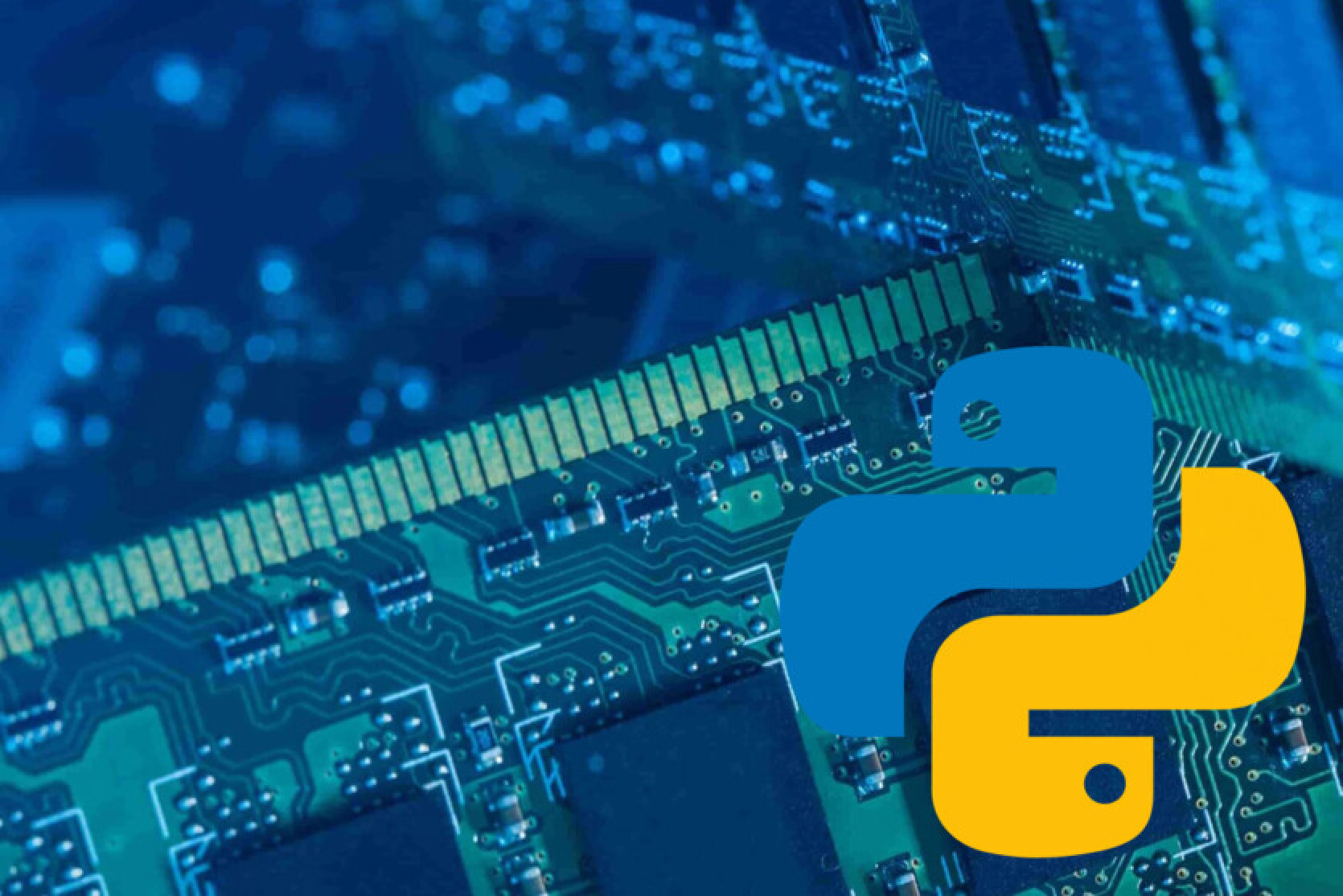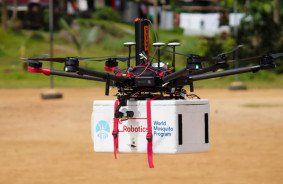Researchers at the Israeli Technion Institute have developed a software package that performs computations in memory without the involvement of a CPU, using Python.
In recent years, a new field has emerged in computer research: in-memory computing. Traditionally, the CPU executes operations based on information stored in the computer's memory, but this innovative approach allows some of these operations to be executed directly in memory. This leads to faster calculations and energy savings.
Professor Shahar Kvatinsky has spent the last few years finding solutions to the "memory wall" problem—an issue in computing that requires two separate hardware components. In recent publications, he has introduced technologies that enable certain operations to be executed in memory.
This paradigm shift in computer architecture can be applied across various domains including artificial intelligence, bioinformatics, finance, information systems, and more. Currently, many research groups in both academia and industry are focused on this area: studying memory architecture, exploring memory module manufacturing, and investigating computations in memory.
However, an important aspect of this approach has been largely unexplored: software. For decades, computer programs have been written for "classic" computers, the fundamental structure of which has seen little change since the 1940s.
"The new computation method is so different from the traditional one that it renders some existing building blocks of computer science unusable. Therefore, we need to write new code," explains Professor Kvatinsky.
The research group's article proposes a solution to this problem. The new software platform offers a command set that serves as a bridge between in-memory computations and standard programming languages like Python. The researchers have developed a theoretical basis and created libraries that convert Python commands into machine instructions executed directly in the computer's memory.
The new software platform is called PyPIM—a combination of the name Python and the acronym for Processing-in-Memory. It will allow software developers to easily write programs for PIM computers.
The researchers have also created a modeling tool for hardware development and performance measurement. This tool enables the evaluation of the performance improvement of code execution time compared to a standard computer. The article showcases various examples of computations with short, straightforward code that demonstrate significant performance improvements.
The research was presented at the IEEE/ACM International Symposium on Microarchitecture held in Austin, Texas. The paper is also available on the arXiv preprint server. One of the researchers, 21-year-old Orian Leitersdorf, is set to become the youngest Ph.D. candidate at the institute soon.
Source: TechXplore














Comments (0)
There are no comments for now